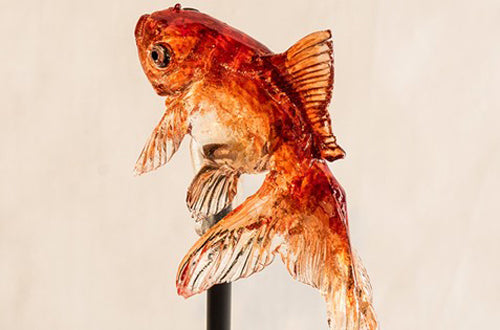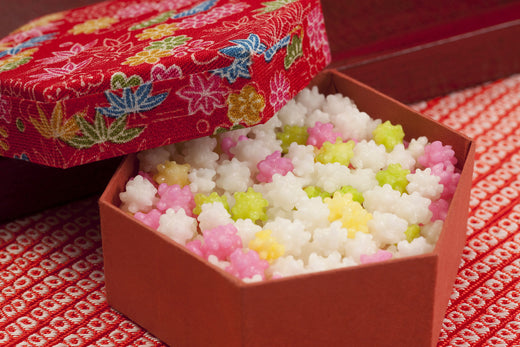
飴
Candy Craft
Known for its intricate designs and delicate flavors, Japanese candy-making ranges from traditional forms like amezaiku (飴細工) to modern, innovative sweets that appeal to contemporary tastes. These sweets are more than just sugary treats—they are pieces of art that reflect the precision, creativity, and deep cultural appreciation that characterize Japanese craftsmanship.

Type of Candy Craft
飴細工
Amezaiku
Amezaiku is the art of crafting detailed sculptures from hot, malleable sugar syrup. This candy art form requires exceptional skill, as artisans must shape and mold the sugar quickly before it cools and hardens. Using small scissors, tweezers, and other simple tools, amezaiku artists create lifelike figures of animals, flowers, and even popular anime characters. Each piece is then hand-painted with edible dyes to add vibrant colors and intricate details. Watching an amezaiku artist at work is a mesmerizing experience, as they transform a blob of hot sugar into a delicate goldfish or a majestic dragon within minutes. Traditionally, these candies were given as festival souvenirs or as special gifts. Today, amezaiku is experiencing a resurgence in popularity, with workshops and performances attracting tourists who want to witness this traditional art form up close.

金平糖
Konpeito
Konpeito is another iconic Japanese candy that has become a symbol of celebration and good fortune. This small, star-shaped sugar candy was originally brought to Japan by Portuguese traders in the 16th century. Over time, the Japanese adapted the candy to suit their tastes, and it became a staple in traditional ceremonies and celebrations. Making konpeito is a labor-intensive process that can take up to two weeks. It involves repeatedly coating a small core with layers of syrup in a rotating drum, gradually building up the signature bumpy texture. Despite its simplicity, the process requires great precision to achieve the perfect shape and size. The result is a crunchy, sweet candy that has remained popular for centuries. Today, konpeito is often given as a token of appreciation or as part of gift sets during weddings and other special occasions. Its delicate appearance and colorful hues make it a beloved treat, and it is often associated with nostalgia for a simpler, more traditional era.

Memories from childhood
Modern Candy Creations
While amezaiku and konpeito represent the traditional side of Japanese candy craft, modern candy-making in Japan has also flourished, embracing new flavors and textures. The influence of Western confectionery has led to the creation of candies like ramune candies, which are fizzy, tablet-shaped sweets that mimic the popular soda drink. These candies are often packaged in small, portable containers and have become a favorite among children. Another popular modern candy is gummi (グミ), which is similar to Western gummy candies but often features uniquely Japanese flavors such as yuzu (Japanese citrus), matcha (green tea), and sakura (cherry blossom). These candies are often designed to be visually appealing, featuring cute shapes and bright colors that make them as enjoyable to look at as they are to eat.







